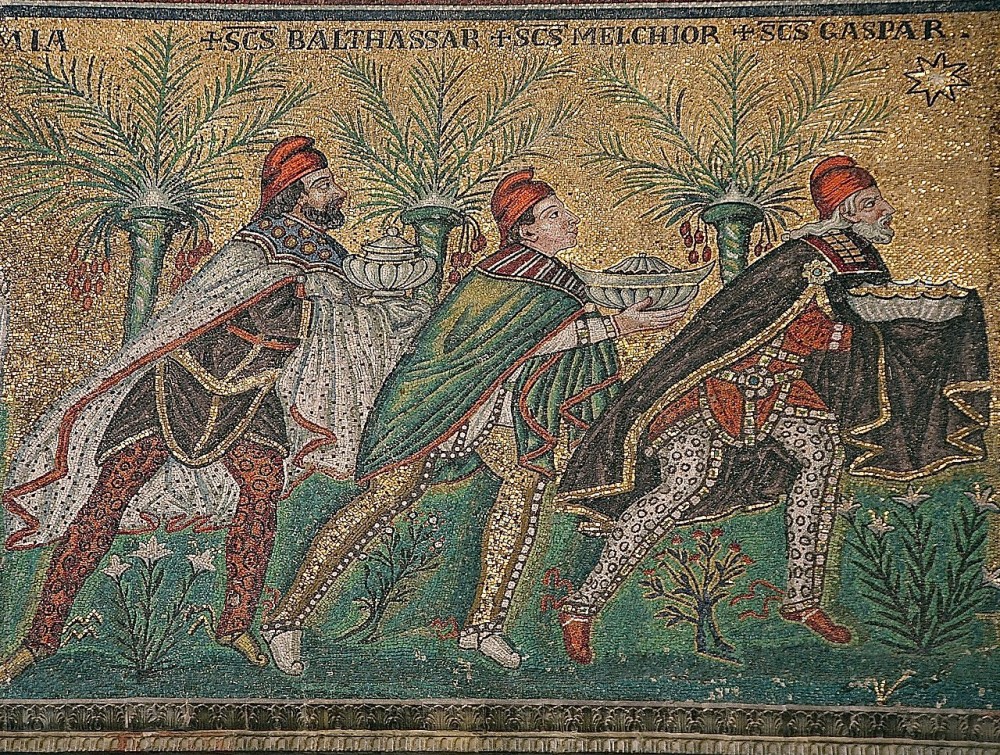Joy is for Epiphany, too
From the wise men to the wedding at Cana, joy comes from recognizing and affirming the good.

Everybody knows that Christmas is a season of joy. For one, it has at its heart a birth story. A new and healthy child came into the world, and his family rejoiced. Every birth is a new beginning, a fresh hope. Christmas joy overlaps with the most common of humanity’s great joys.
We tend not to associate joy with Epiphany. In Epiphany, Christians remember the visit that the sages from the East made to Bethlehem to honor the newborn Jesus, an act of gentile recognition of Christ’s divinity and mission (Matt. 2:1–12). In this season we also commemorate the first miracle Jesus performed—at the wedding in Cana of Galilee, when Jesus revealed his glory and his disciples believed in him (John 2:1–11). Each of these seemingly unrelated events highlights a crucial aspect of joy.
In searching for “the child who has been born king of the Jews,” the sages from the East first came to Jerusalem. Herod the king sensed a threat to his rule. At the advice of experts in holy books, he told the visitors to go to Bethlehem; the prophet Isaiah had foretold that the great ruler, the righteous shepherd of Israel, would come from there. When they arrived, they “were overwhelmed with joy.” On entering the house “they saw the child with Mary his mother, and they knelt down and paid him homage” (Matt. 2:11). When they disobeyed Herod’s request to return to Jerusalem to disclose the location of the child, Herod fell into murderous rage and massacred all the children in and around Bethlehem.





